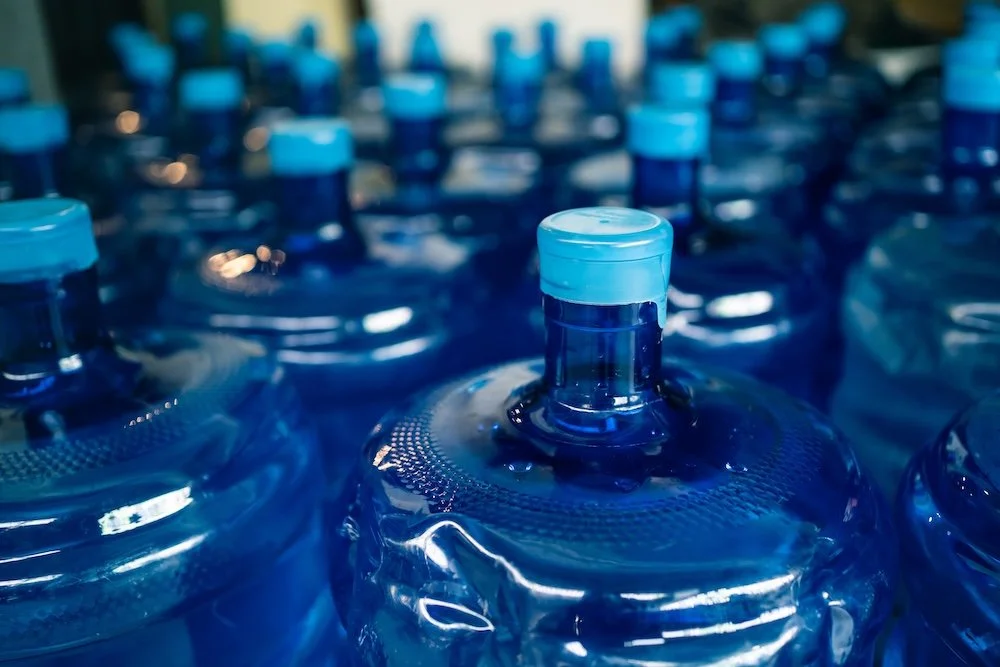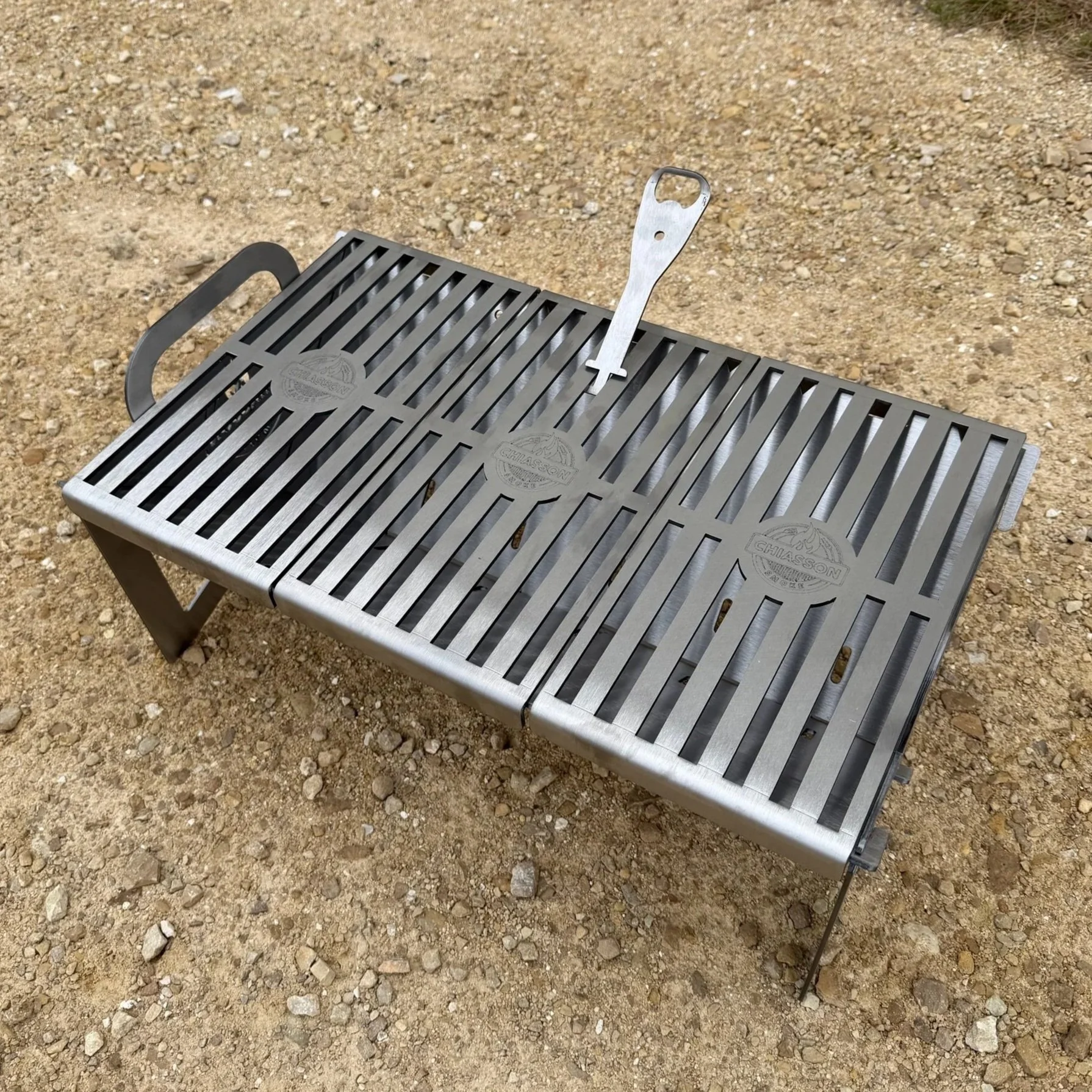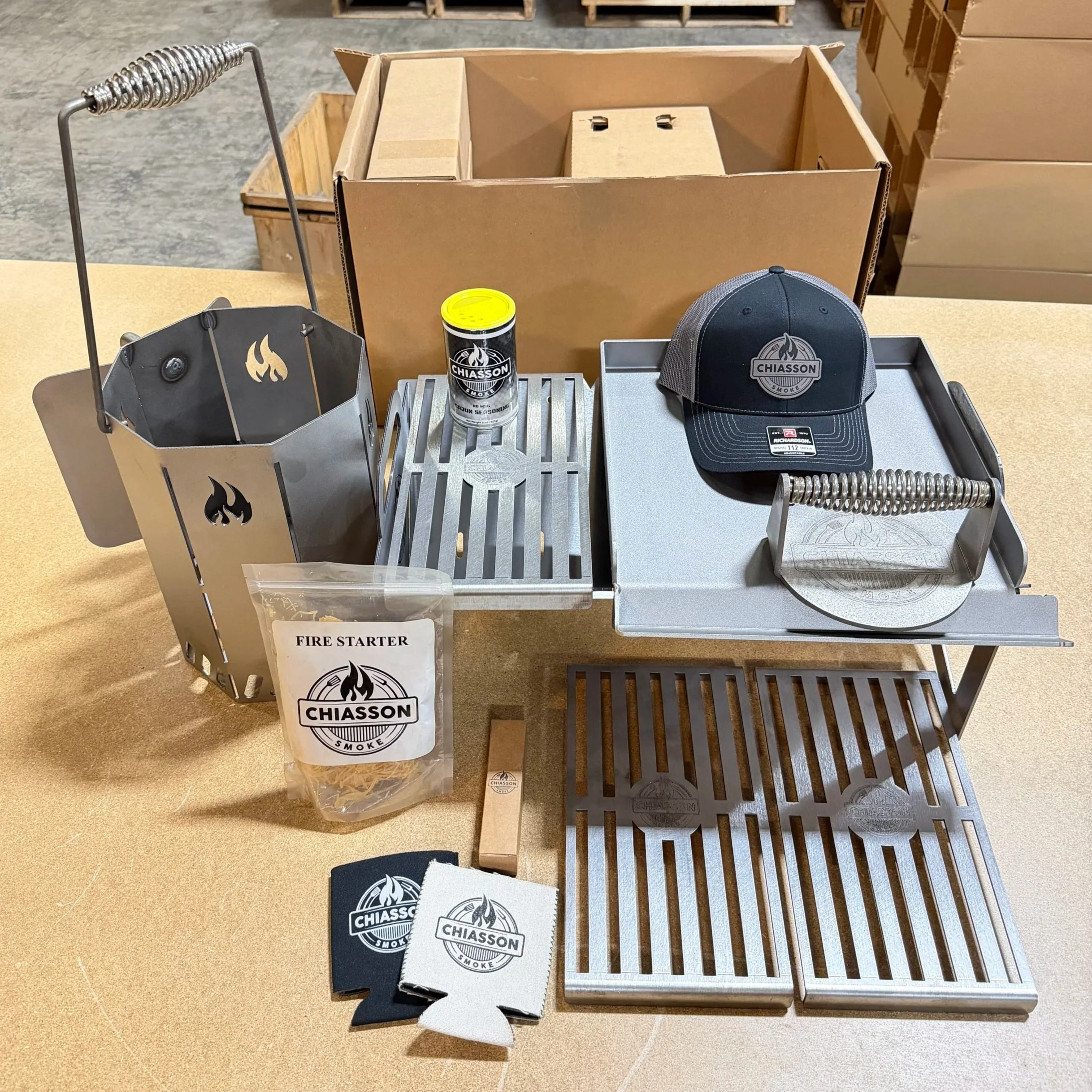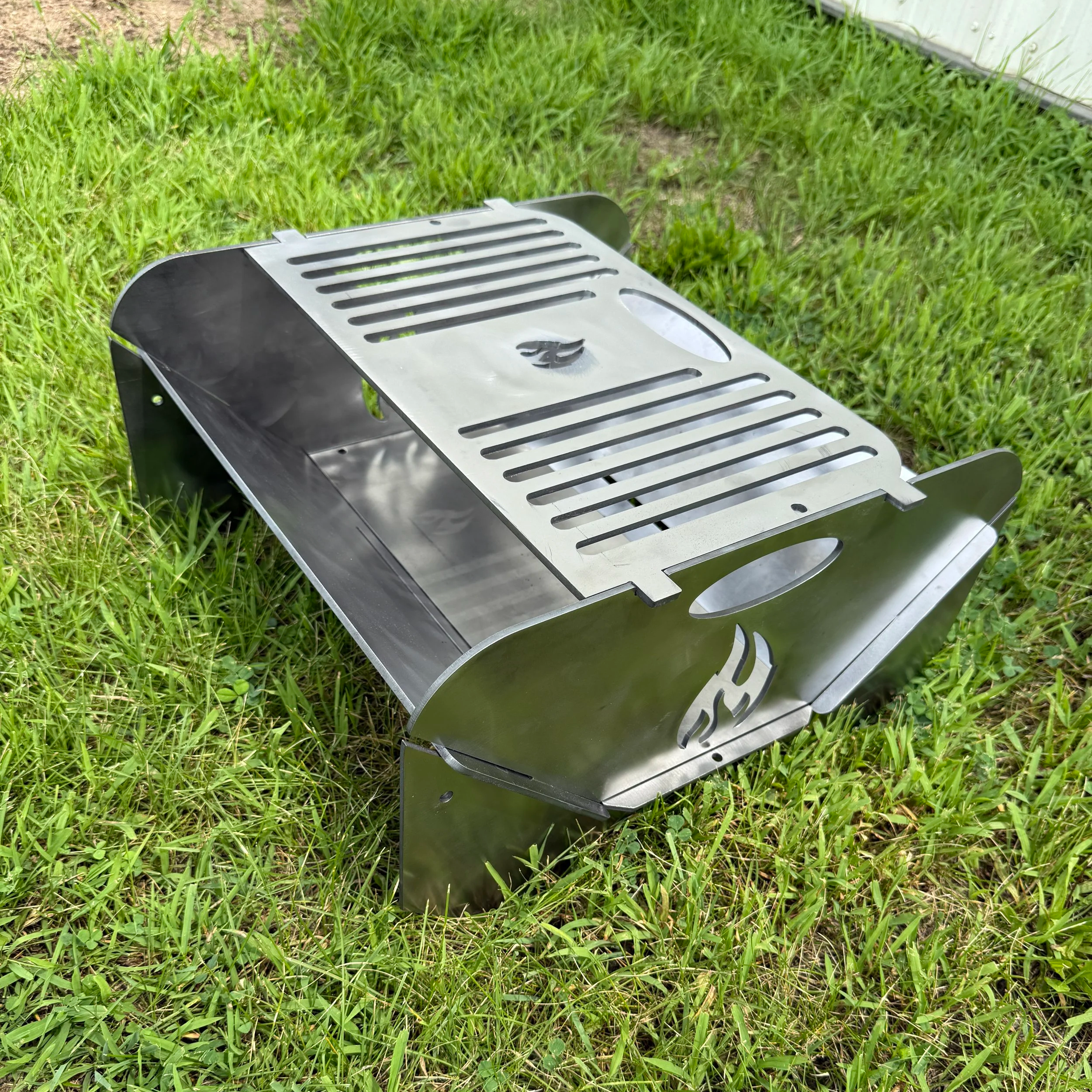The Ultimate Prepper Supply List
When disaster strikes, it rarely sends a warning. Power outages, blizzards, or something bigger, being prepared can make all the difference. Prepping isn’t about fear—it’s about peace of mind. When you’re ready for anything, you can handle anything.
This guide breaks down the ultimate prepper supply list—everything you need to keep your family safe, fed, and comfortable when life goes sideways.
1. Food and Water: The Core of Survival
You can’t last long without water, and food keeps your energy up and your spirits steady.
Water essentials:
Store at least one gallon per person per day (for drinking and hygiene).
Have a two-week supply ready if you can.
Include your pets in your calculations.
Use water filters like a LifeStraw for backup.
Food staples:
Canned goods (soups, beans, fruits, meats).
Rice, pasta, oatmeal, and peanut butter.
Freeze-dried meals for long-term storage.
Rotate stock every few months to keep things fresh.
Bonus tip: Learn canning, dehydrating, or fermenting your own food. It’s practical, rewarding, and sustainable.
2. Fire and Cooking: Staying Warm and Fed
Fire is comfort, warmth, and the heart of every survival setup.
Cooking options:
A rocket stove is a prepper’s best friend—efficient, fuel-light, and reliable.
For durability and craftsmanship, check out Chiasson Smoke rocket stoves. They’re heavy-duty, long-lasting, and built for real use.
Keep multiple fire-starting methods: lighters, waterproof matches, fire starters, ferro rods.
Cooking gear to have on hand:
A cast iron skillet or small metal pot.
A sturdy knife, spoon, and can opener.
Fireproof gloves for handling hot items.
When it’s wet or windy, cotton balls dipped in petroleum jelly or pre-made fire cubes can help spark that life-saving flame.
3. Shelter and Warmth: Your Safe Space
Without shelter, even mild weather can turn dangerous fast.
At home:
Keep indoor-safe propane heaters for power outages.
Stock thermal blankets, extra sleeping bags, and wool clothing.
On the move:
A durable tent, tarp, and cold-weather sleeping bag are must-haves.
Reflective blankets can trap heat efficiently.
Dress in layers—synthetic or wool fabrics stay warm even when wet.
Tip: Always have a dry pair of socks packed. It sounds small, but it can prevent frostbite or infection.
4. First Aid and Health: Stay in One Piece
In an emergency, medical help might not come right away. A strong first aid kit can be a lifesaver.
Build your own or upgrade a store-bought kit with:
Adhesive bandages, gauze, medical tape, antiseptic wipes.
Pain relievers, allergy meds, antibiotic ointment.
Scissors, tweezers, gloves, and a small mirror.
A first aid manual (because stress makes it easy to forget steps).
Don’t forget hygiene:
Soap, toothpaste, feminine products, wet wipes, and hand sanitizer help prevent infections when resources are limited.
If you or a family member needs prescriptions, try to keep at least a month’s supply stored safely.
If you’re cooking with fire, make sure you follow fire pit safety guidelines closely to keep you and your family safe.
5. Tools and Repairs: Fix Anything
When the world breaks, you’ll need tools to fix it.
Start with these:
Multi-tool (pliers, screwdriver, knife—all in one).
Hammer, duct tape, and paracord (for endless uses).
Fixed-blade knife or hatchet for chopping or cutting.
Folding saw for gathering firewood or clearing debris.
Batteries—and ideally a solar charger for recharging them.
With just a few of these, you can repair gear, build shelter, and solve a dozen problems that would otherwise stop you cold.
6. Light and Power: Conquer the Dark
Darkness makes everything harder. Be ready with reliable light sources.
Must-haves:
Flashlights (keep one in each room, plus your car).
Headlamps for hands-free use.
LED lanterns for general lighting.
Extra batteries, or a solar/crank charger.
Candles or oil lamps (but always use safely—never leave them unattended).
Fire starter and a ferro rod (for light and fire without electricity or gas)
Even a small solar panel can keep your phone, flashlight, or radio charged during a blackout.
7. Communication and Navigation: Stay Connected
If the grid goes down, you still need to know what’s going on—and where you’re going.
For communication:
Battery-powered or crank radio for weather alerts and news.
Walkie-talkies for family coordination.
Whistle or signal mirror for emergencies.
For navigation:
Paper maps of your area.
A compass—and the know-how to use it.
GPS devices are great, but always have a non-digital backup.
If you’re in a remote location, you’ll want to follow similar safety guidelines as if you were going camping.
Knowledge beats technology when it counts. Practice reading a map now, not later.
8. Personal Protection: Keep Safe
When times get rough, safety becomes priority number one.
Options include:
Firearms (if trained and stored responsibly).
Pepper spray or stun devices for non-lethal defense.
Heavy-duty flashlight or walking stick—simple but effective deterrents.
For your home, reinforce doors, use strong locks, and set up motion lights. Sometimes, visibility alone can prevent trouble.
9. Important Documents and Cash: Paper Still Matters
If systems fail, digital copies won’t help.
Keep these in a waterproof or fireproof safe:
IDs, passports, insurance papers.
Property deeds and bank information.
Medical records and emergency contacts.
And stash small bills in cash—ATMs and credit card systems may be down.
10. Mindset and Community: The Most Overlooked Supplies
All the gear in the world won’t help without the right mindset. Stay calm, stay adaptable, and practice your skills before you need them.
Build confidence through:
Drills: Practice power outages, first aid, or “grab-and-go” evacuations.
Learning: Take a CPR class, learn to purify water, or try starting a fire in the rain.
Community: Get to know your neighbors. Trade skills, share knowledge, and support each other.
A strong community is one of the most powerful prepper tools you can have.
Final Thoughts: Prep Smart, Live Confident
Preparedness isn’t paranoia—it’s peace of mind. Every gallon of water, every meal you store, and every tool you learn to use adds a layer of safety for your family.
Start small. Build one category at a time. Before long, you’ll have a setup that can handle anything from a three-hour outage to a three-week emergency.
And when it comes to reliable gear—especially cooking equipment—remember: quality matters. The rocket stoves from Chiasson Smoke are built tough, built efficient, and built to last.
Because when the world goes quiet, and the only thing keeping you warm is the fire you built—you’ll be glad you chose gear that’s as dependable as you are.













